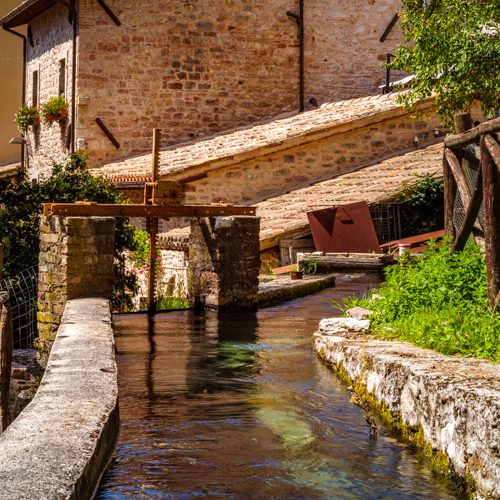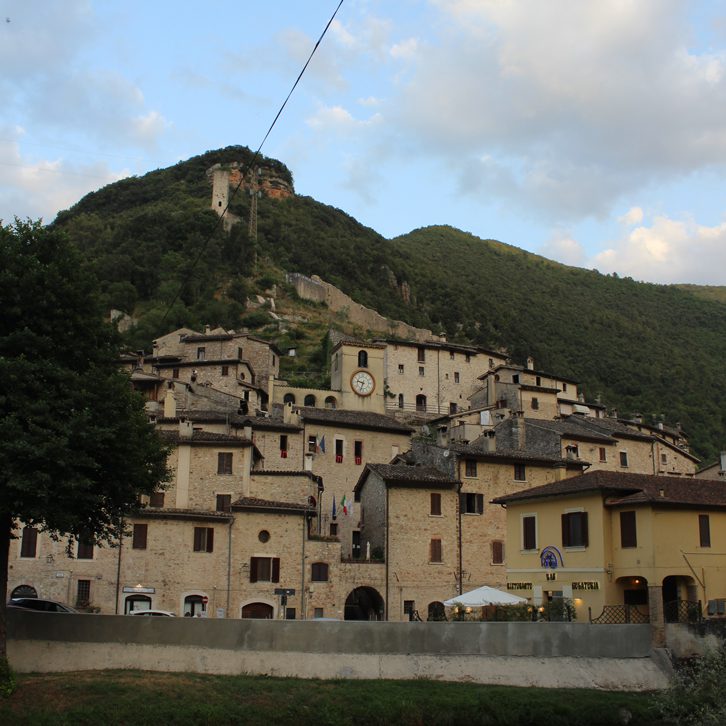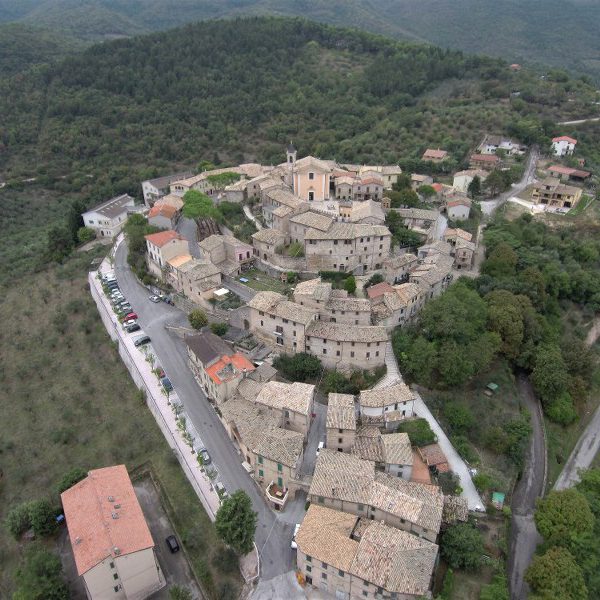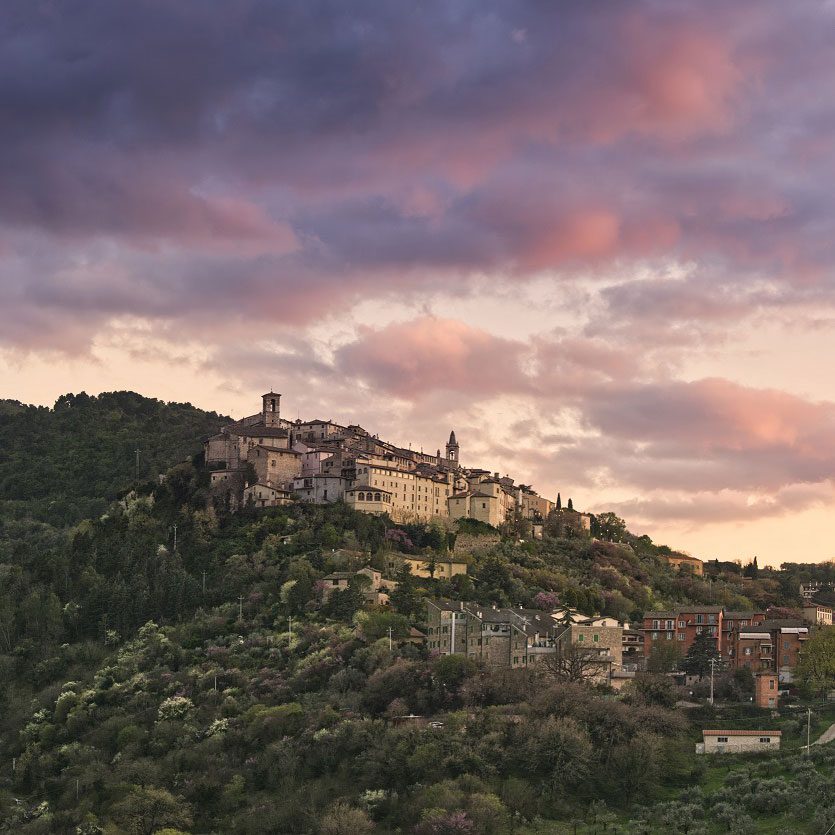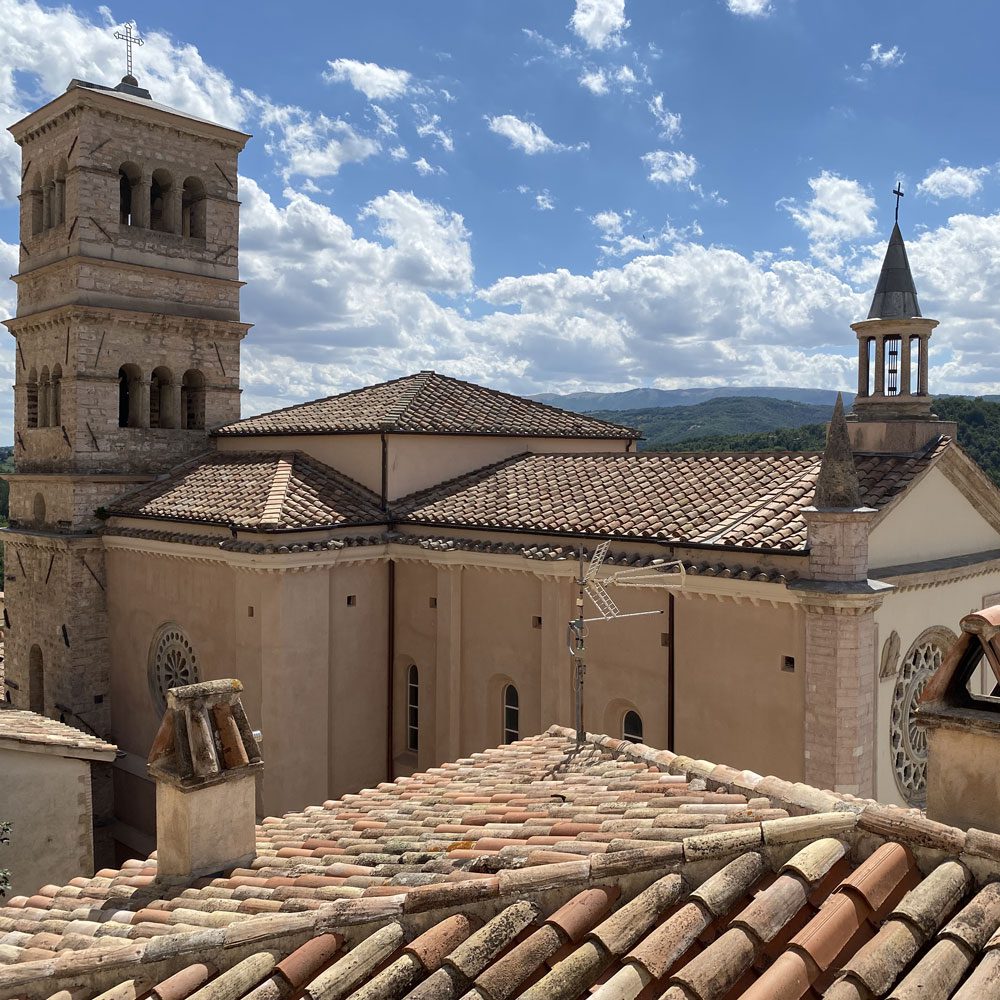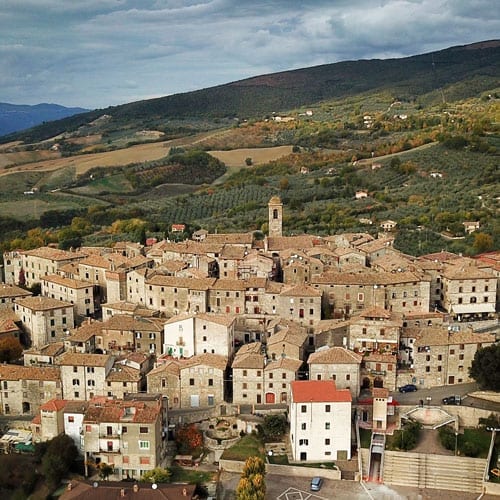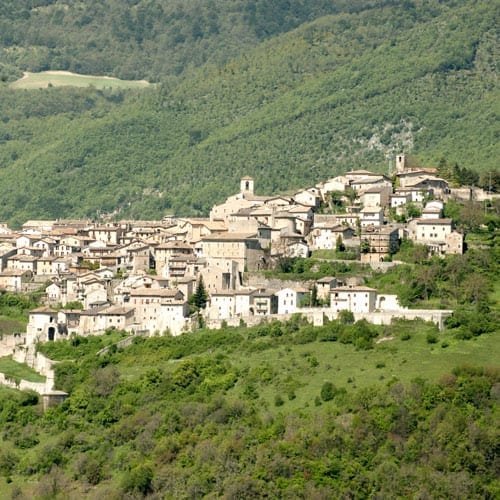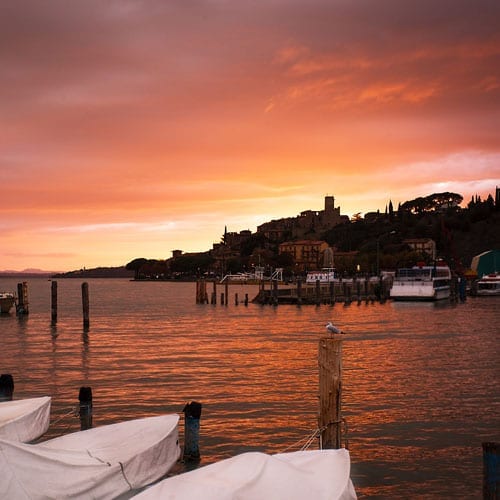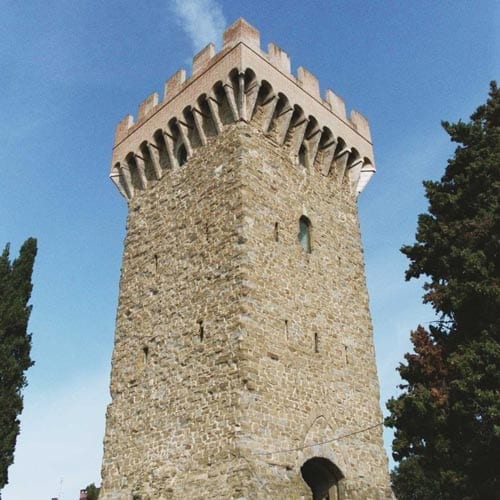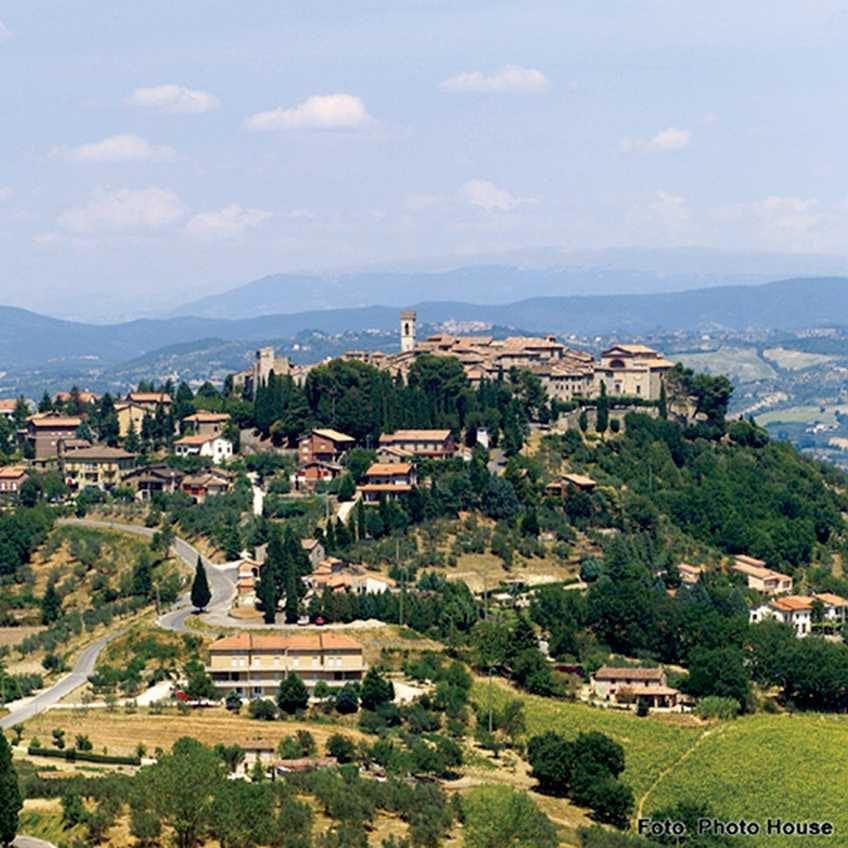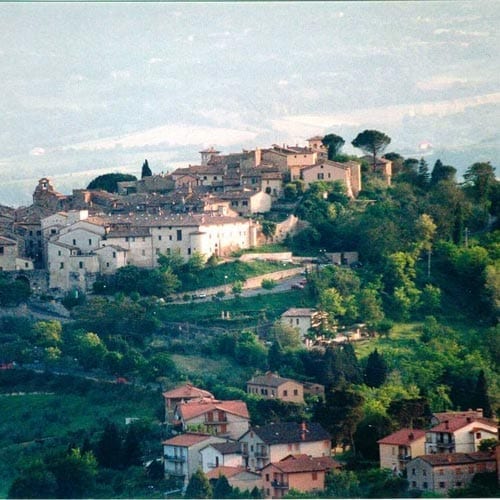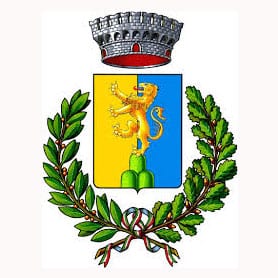 Monteleone D’Orvieto
Monteleone D’Orvieto
MUNICIPALITY OF Monteleone d’Orvieto
(Province of Terni)
AltitudE
m. 500 s.l.m.
POPULATION
1437 (60 nel borgo)
patron
San Teodoro, 24 maggio
SS. Apostoli Pietro e Paolo, 29 giugno
TOURIST INFORMATION
piazza Duomo, 24 – 05018 ORVIETO
0763/341772
info@iat.orvieto.tr.it
A.T. Proloco Monteleone d’Orvieto
Corso Vittorio Emanuele II – 05017 Monteleone d’Orvieto
info@prolocomonteleonediorvieto.it

Nestled amidst green hills, Monteleone di Orvieto offers the visitor one of the most evocative views of Umbria. From the borgo, the panorama stretches from Monte Arale to the Val di Chiana up to Monte Amiata. A little corner of paradise on the border between Umbria and Tuscany, it’s surrounded by lush forests and lively streams, framed by a lovely countryside tamed by the locals’ wise hands. Its origins date back to Etruscan times. Monteleone castle was built in the 11th century by the people of Orvieto as a defensive stronghold to defend the northern borders of their territory. From the original castle we can today admire the entrance gate (Porta Nord). Entering the gate, the borgo’s medieval history is immediately present in the remains of fortified walls, towers and walkways. The red colour of the bricks used to build the city walls is the predominant hue. At the far end of the main road crossing the elongated historic centre, Corso Vittorio Emanuele II, is a Tower called Il Torrione, from which you can enjoy a magnificent panoramic view. The Teatro dei Rustici, one of the smallest theatres in Italy and Europe, has been in activity since 1738. Built inside a medieval palace it was the fulcrum of society and the seat of the local administration.
Must-see
•The Church of the Santissimo Crocifisso (1637), with its beautiful Baroque altar.
•The Church of SS. Apostoli Pietro e Paolo has a fresco featuring the Madonna and Child between Saints Peter and Paul, and a Pietà from the school of Perugino (15th century).
•The Torre dell’Orologio, was built in the late 1800s from a design by the native architect Filidio Lemmi using locally manufactured bricks and clay tiles that give the building its warm harmony.
•Living Nativity Scene, an evocative representation of the Nativity during Christmas time.
•Historical parade representing the challenge between the two families who took turns in conquering the castle. It takes place in August.
•Umbrichelli Festival, the borgo’s traditional dish, celebrated in August.
•Feast of San Lorenzo, starring pizza cooked in a wood-burning oven, in July.
•Festa delli Luminari, a historical religious festival held on 29th June to honour the patron saints.
The climate and rolling hills favour the cultivation of grapes, olives, fruit, cereals and vegetables, all organically grown. Other local delicacies: saffron, Monteleone pear, umbrichelli (typical hand-made pasta) and gnocchi.
The views of the countryside around are spectacular: surrounded by every shade of green you can understand why Umbria is called the green heart of Italy.


